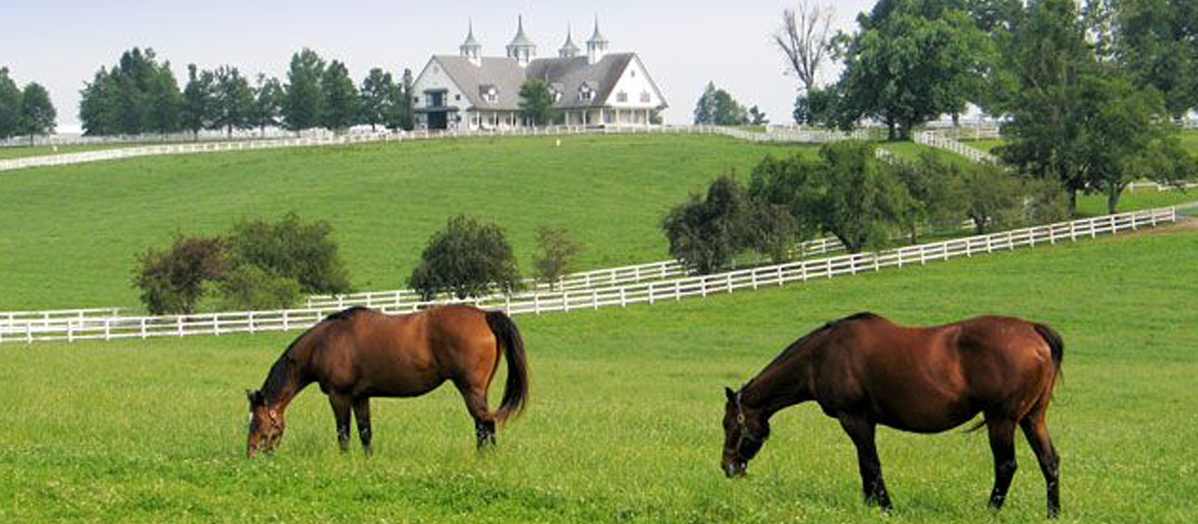365
Days in Horse Country – The Spanish Mustang
When the Spaniards first came to the New World, they brought
more than swords and a lust for gold with them.
They also brought horses.
Bred to carry soldiers for days on end through rugged terrain, the horses that came with the Spaniards to Mexico eventually found their way to what is today, the southwestern United States. From there, wild horses slowly spread to the American Plains and the Pacific Northwest, where they flourished. By the mid-1800s, millions of wild horses roamed the continent, and they served as the mounts for Native Americans and anyone else who could capture and tame them.
After the Indian Wars (1823-1890), the populations of these rugged mustangs began to decline. As a result of deliberate cross-breeding and extermination, their numbers dwindled untilm in the 1950w, only a handful of the original Spanish horses were left in remote areas of the western United States.
It was then that a few ranchers hoping to save this horse from extinction, rounded them up and began breeding them in captivity.
Today, this breed is called the Spanish Mustang. Though small in stature and numbers, this horse is rich in history. The breed is also as hardy as its ancestors once were. Easily trained and full od personality, Spanish Mustangs are also among the most colourful horses in the world. They can been seen in dun, grulla, brindle, pinto, and Appaloosa colourings.
Although rare, the breed is slowly growing un numbers as horsemen around the world are discovering its rare and beautiful traits.
Michael







